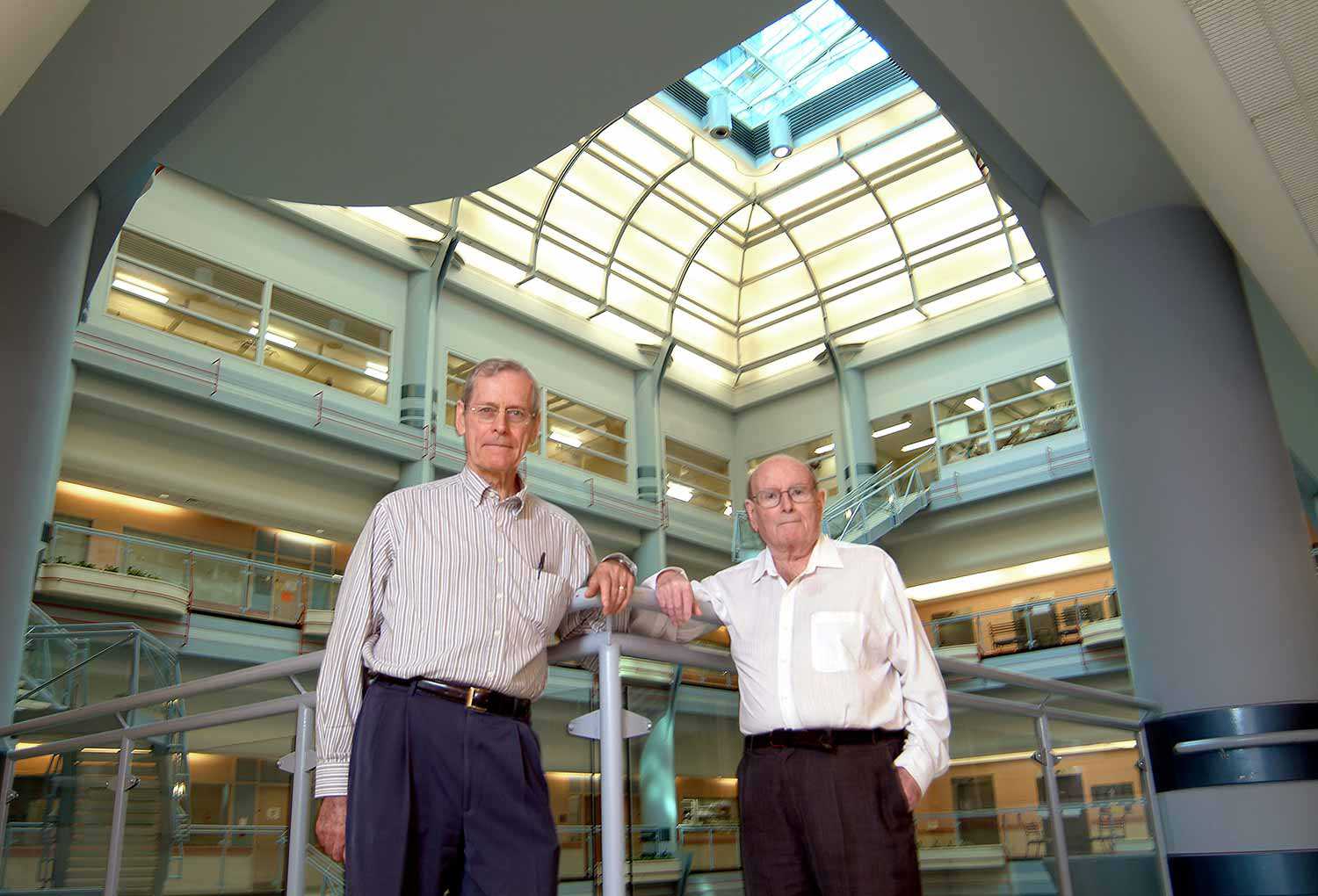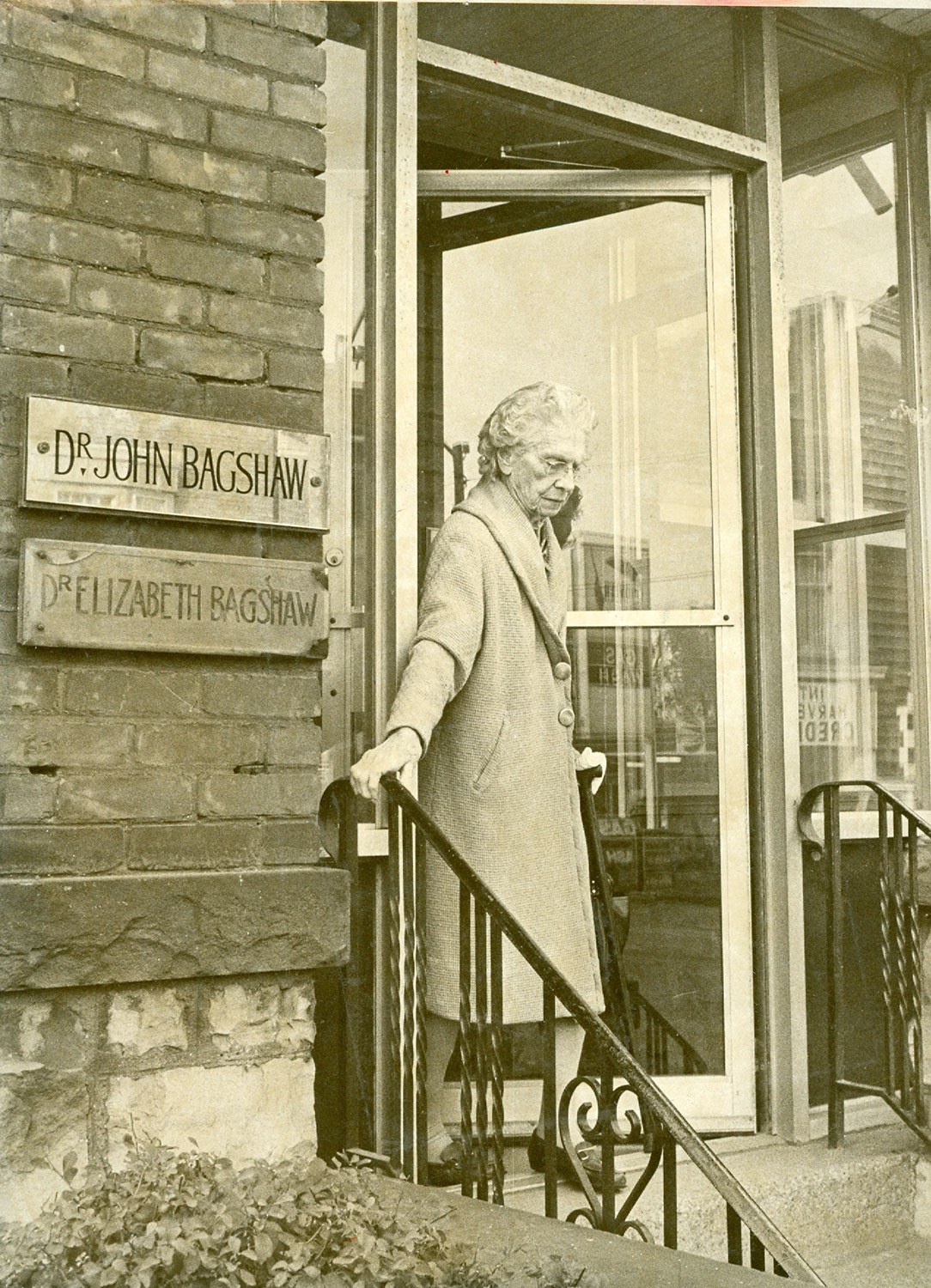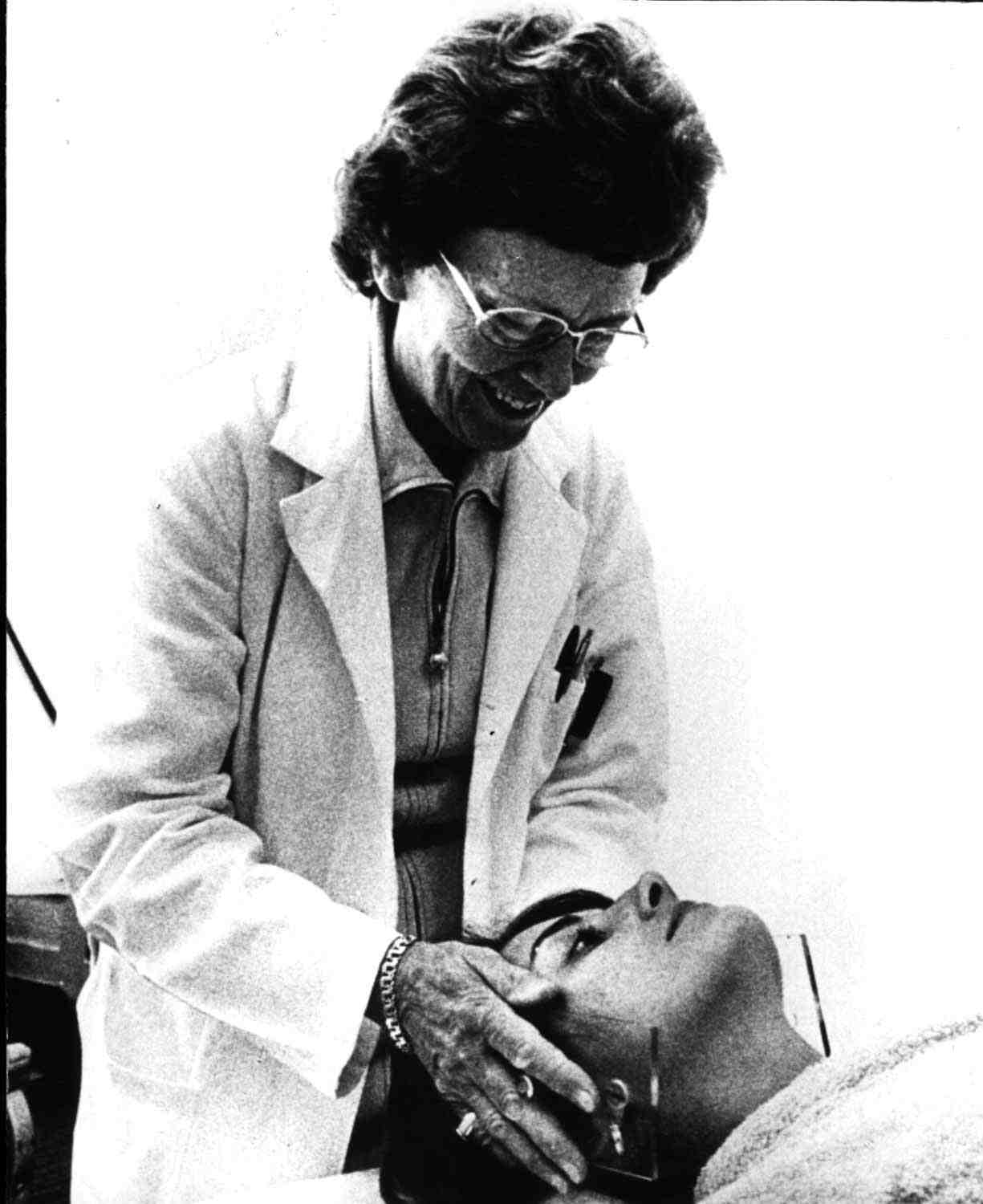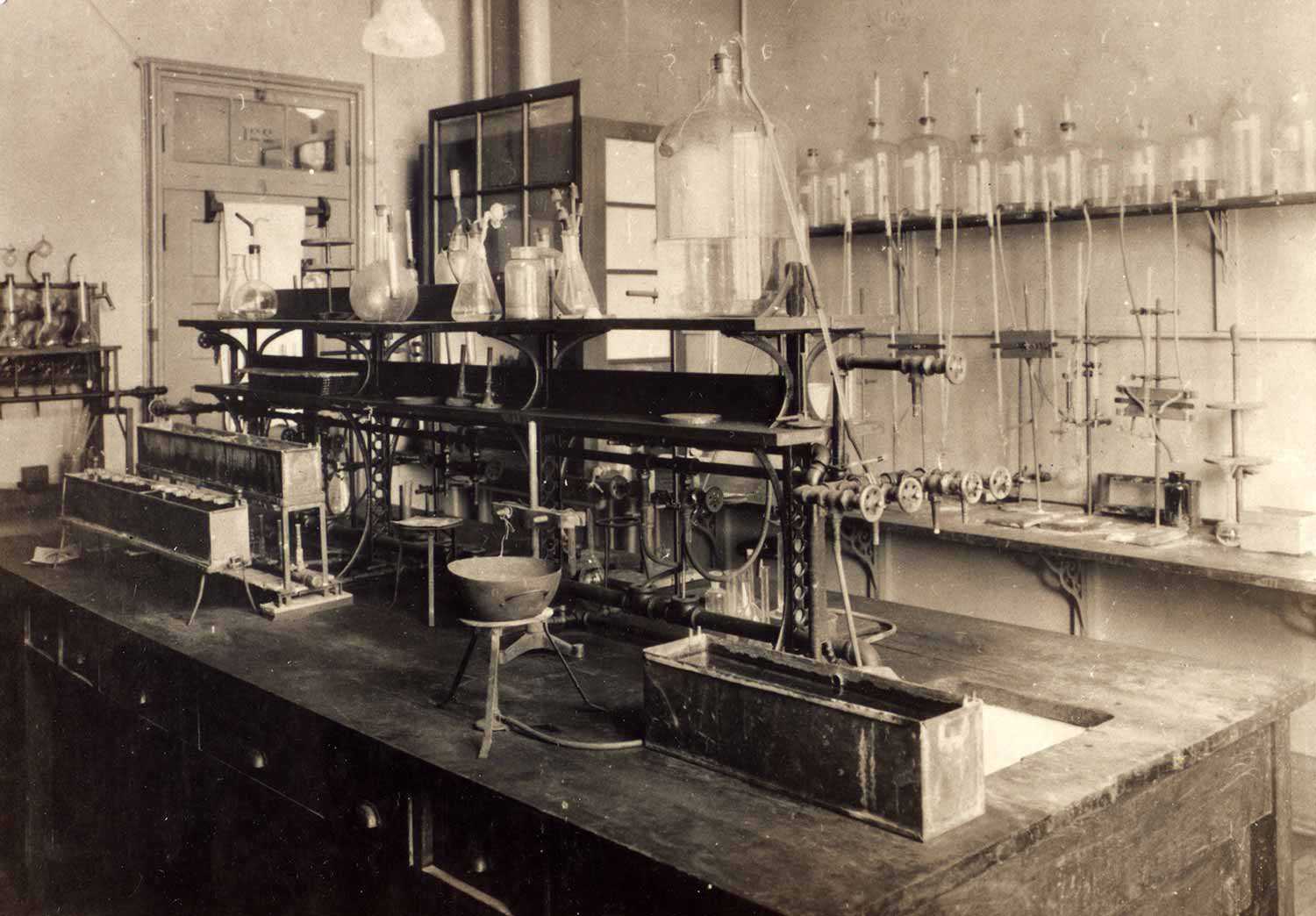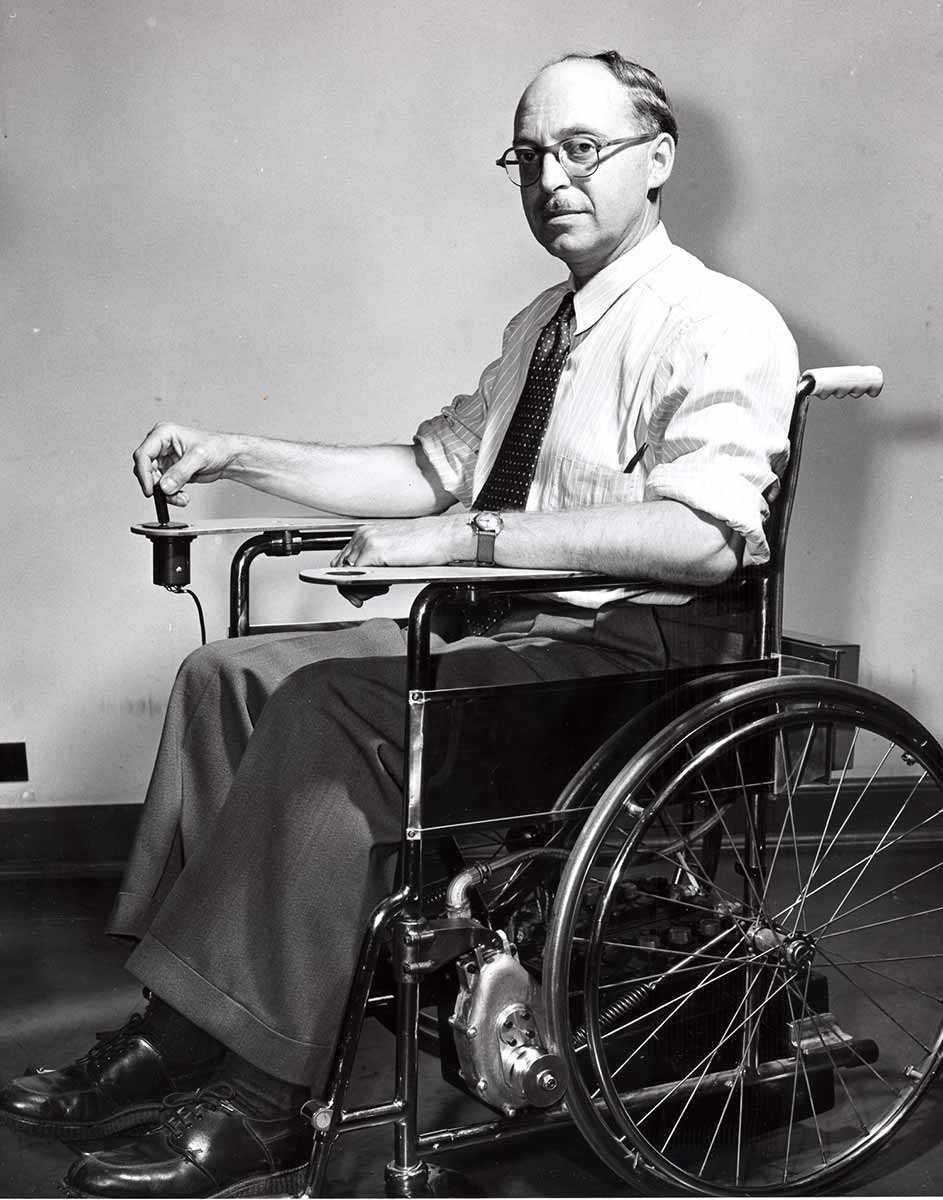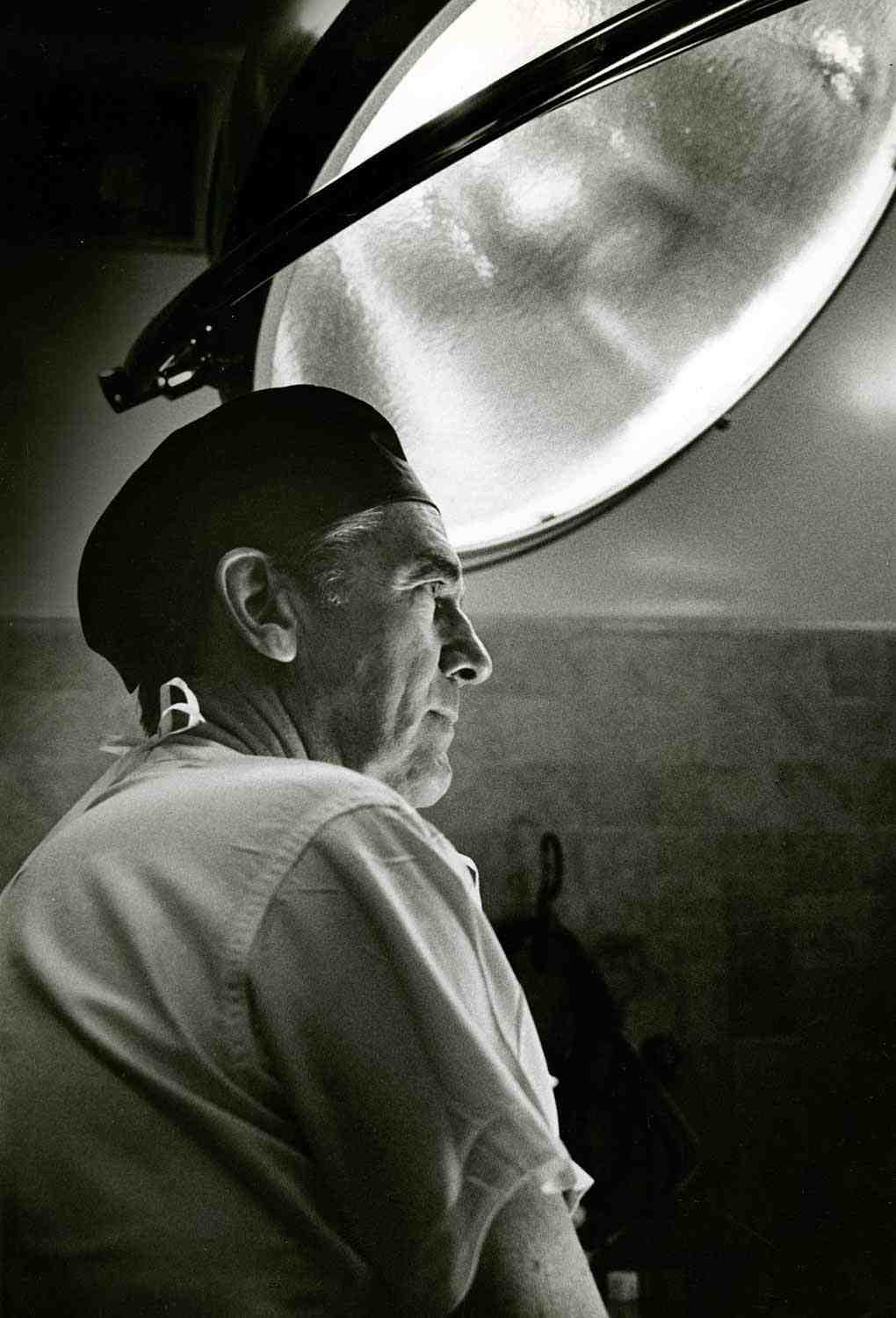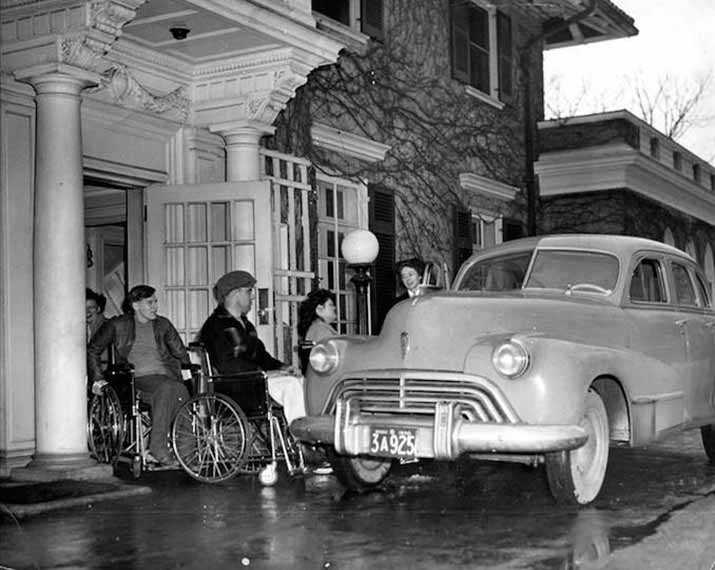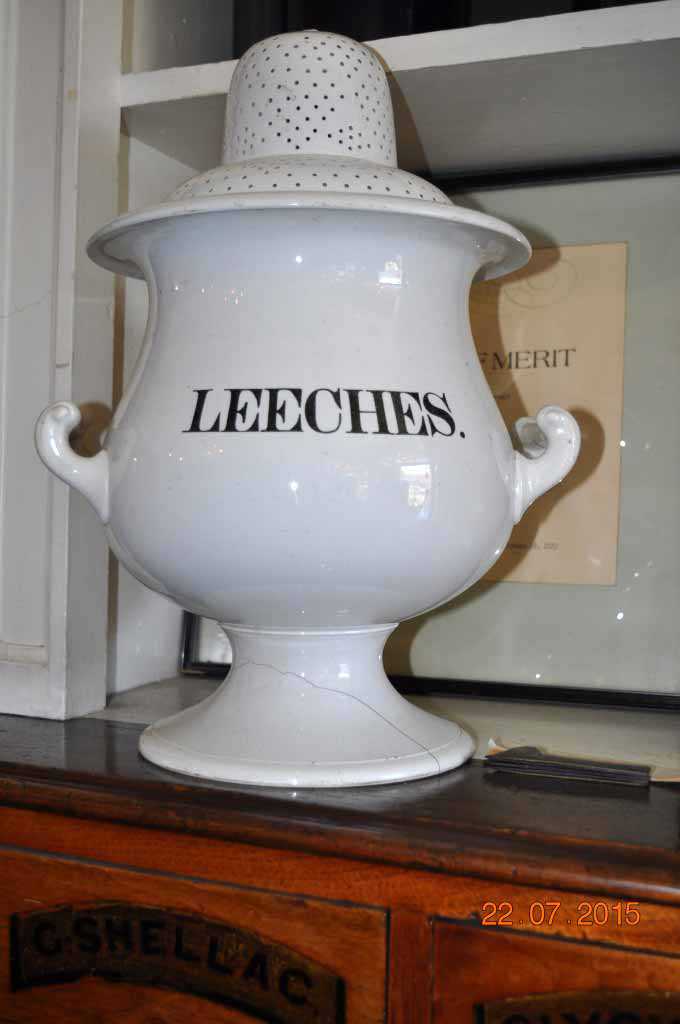

Browse by category
- Adaptive reuse
- Archaeology
- Arts and creativity
- Black heritage
- Buildings and architecture
- Communication
- Community
- Cultural landscapes
- Cultural objects
- Design
- Economics of heritage
- Environment
- Expanding the narrative
- Food
- Francophone heritage
- Indigenous heritage
- Intangible heritage
- Medical heritage
- Military heritage
- MyOntario
- Natural heritage
- Sport heritage
- Tools for conservation
- Women's heritage
Blood-forming stem cells: An Ontario story
Blood . . . it circulates through our bodies, supplies energy, defends against internal and external danger, and heals injuries.
It comprises a miraculous network of highly specialized cells and substances that perform these tasks with precision in a highly regulated environment. Great strides were made in the 19th century to describe the multitude of blood cell types and to discover their functions. Their origin, however, remained shrouded and a matter of speculation. As early as 1868, an intriguing hypothesis was voiced by one of the early pioneers suggesting that blood cells may originate from a single cell destined to produce the myriad of blood cells – and, for the first time, the name stem cell was coined.
In the fall of 1960, the key was found to unlock the secrets of blood-forming stem cells. By then, it was known in the wake of the nuclear holocaust of 1945 that the effects of lethal irradiation on the blood system could be restored by injecting normal bone marrow cells. Two young scientists, Drs. Jim Till and Earnest McCulloch, recently hired to the newly founded Ontario Cancer Institute at Toronto’s Princess Margaret Hospital, were determined to learn more about these intriguing repair mechanisms. Till (a physicist) and McCulloch (a physician), both different in background and personality, formed a unique research team that dominated stem cell research for decades.
One of their first questions was to investigate whether or not the observed rescue effect would be influenced by the dose of radiation: the higher the dose, the less likely the benefit. Then, in 1960, McCulloch evaluated one of their experiments designed to test whether the rescue effect of marrow could be enhanced by injecting increasing quantities of marrow cells into lethally irradiated mice. The experiment confirmed this hypothesis. But being the ever-imaginative observer, McCulloch noticed a change on the spleen surfaces of the test animals. The spleens were covered with small nodules. McCulloch began to count the nodules and drew a stunning conclusion. The frequency of these nodules correlated with the number of injected marrow cells. Subsequent investigations showed that the nodules contained thousands of blood cells. Some of the nodules were composed of a single type of blood cell while others contained multiple cell types, representing the heterogeneity usually seen in the marrow. Subsequent experiments confirmed that each one of these nodules could be derived from a single cell. Based on the size of the nodules, this cell must be endowed with a high-growth potential. The single cell origin of nodules comprising multiple blood cell types rendered the ultimate proof for the existence of a blood-forming stem cell. These cells are not only capable of producing billions of blood cells on a daily basis, but also guarantee lifetime maintenance of the system through their ability to reproduce themselves.
We now appreciate intricate control mechanisms that have to be in place for orderly marrow function and to provide the ability to adapt cell production rates rapidly to increasing demands as they may be required during severe blood loss or infections. We also appreciate the dangers if marrow function ceases to exist, such as in aplastic anemia, or is altered to produce diseased blood cells, such as in leukemia.
Blood and marrow cells are a renewable resource. They keep us well and they give us the opportunity to share their power by facilitating modern transfusion practices and stem-cell transplantation for patients in need.
Till and McCulloch inaugurated stem cell research in Toronto and inspired numerous scientists and clinical practitioners here and elsewhere to continue their imaginative work. They have received numerous national and international awards as a testimony of their ground-breaking contribution to understanding blood formation in health and disease and to strive for innovative therapies.

